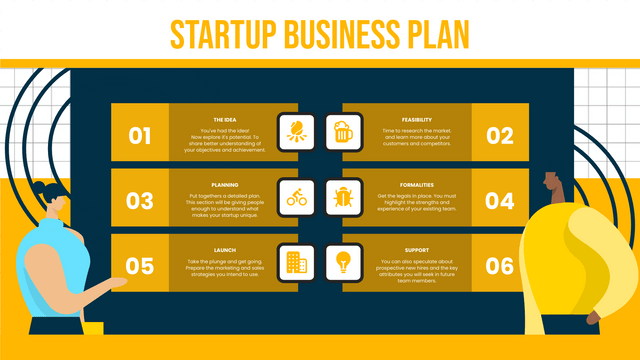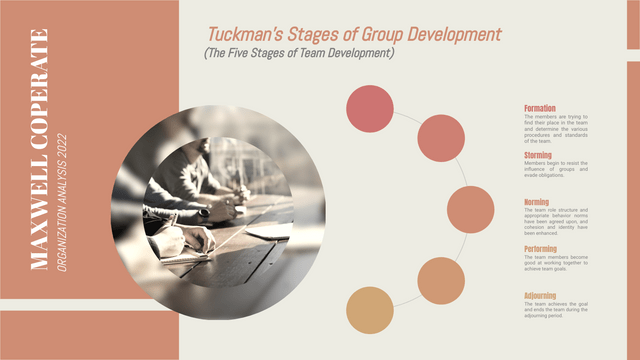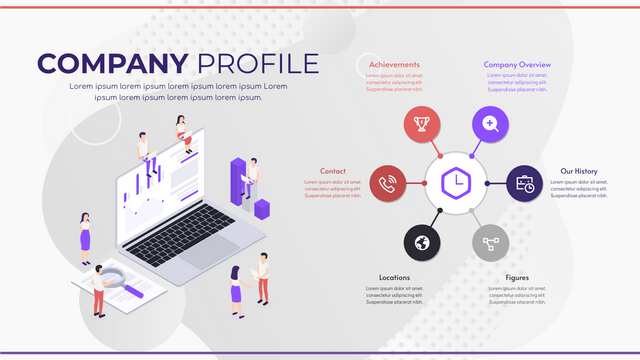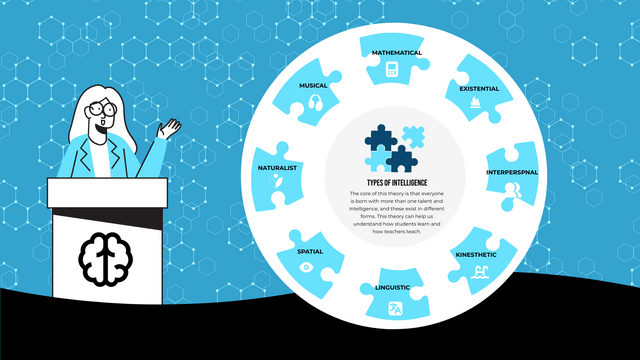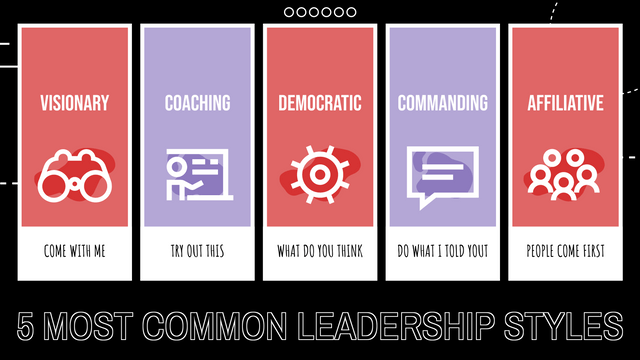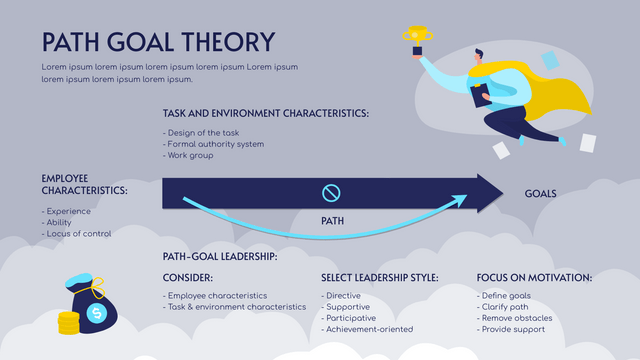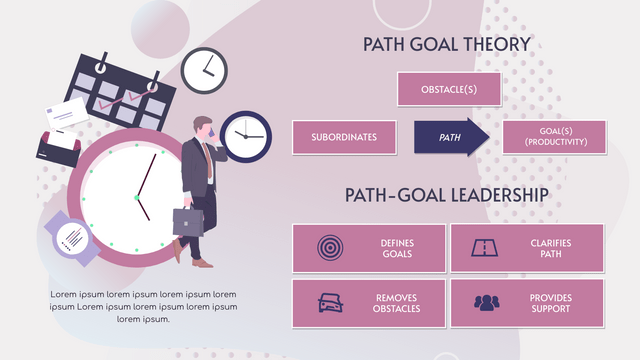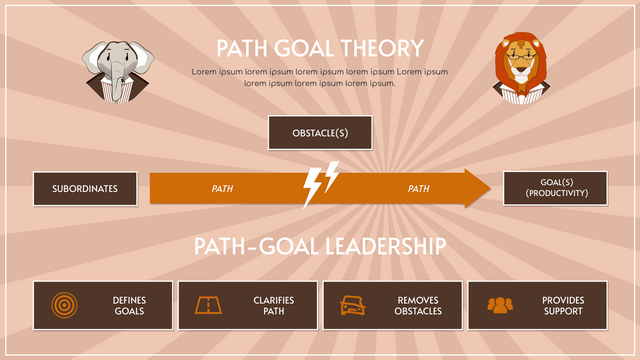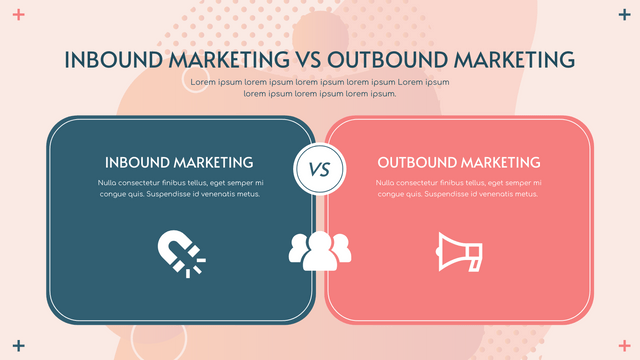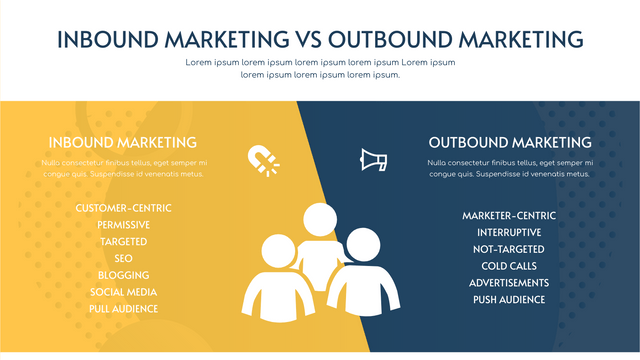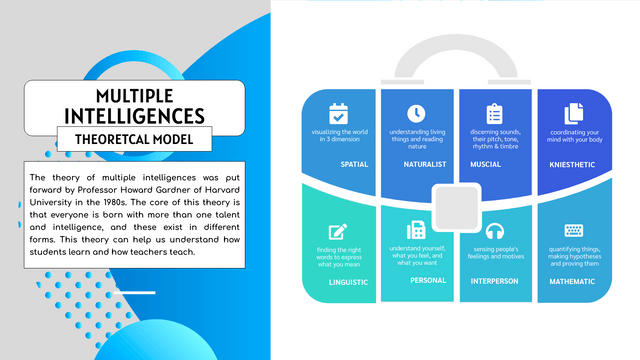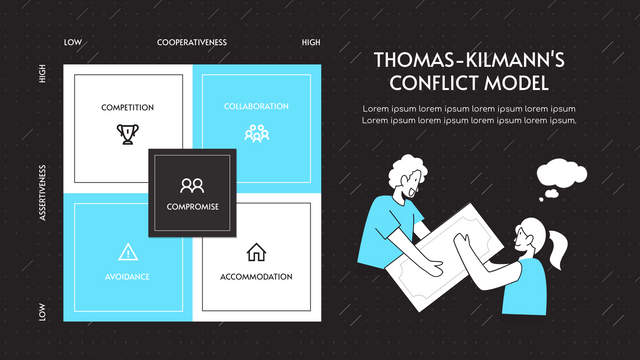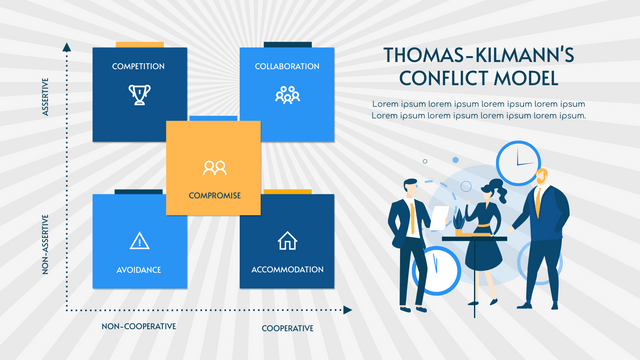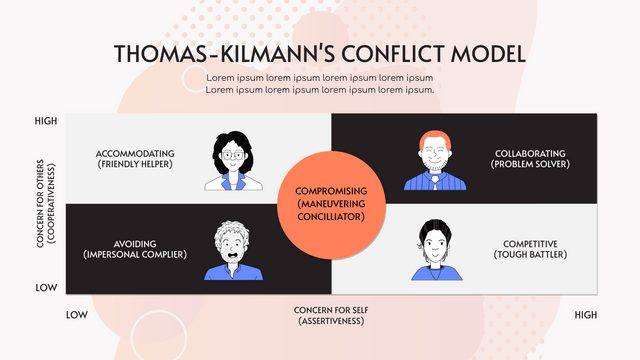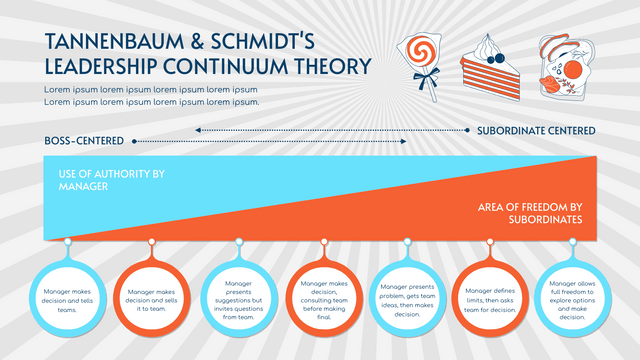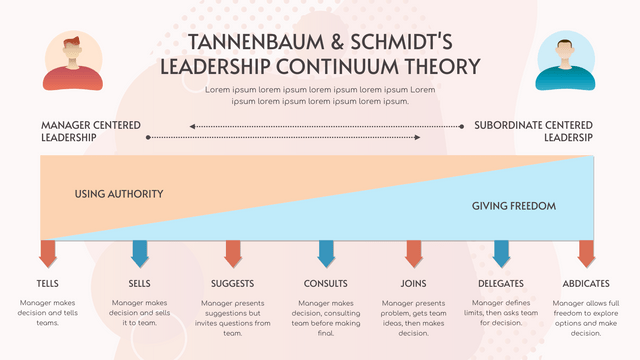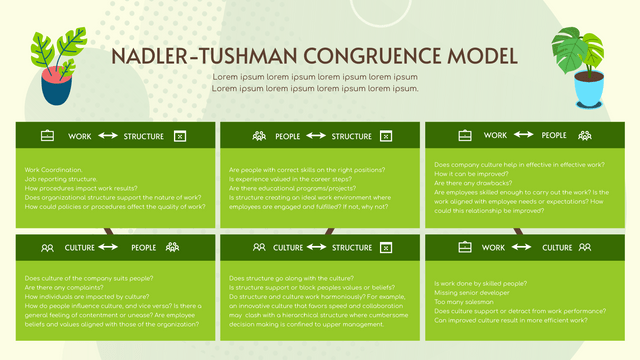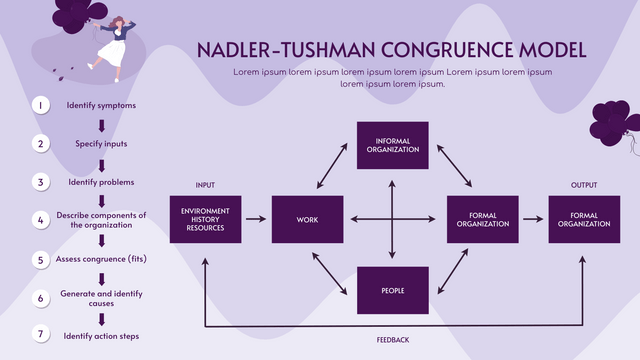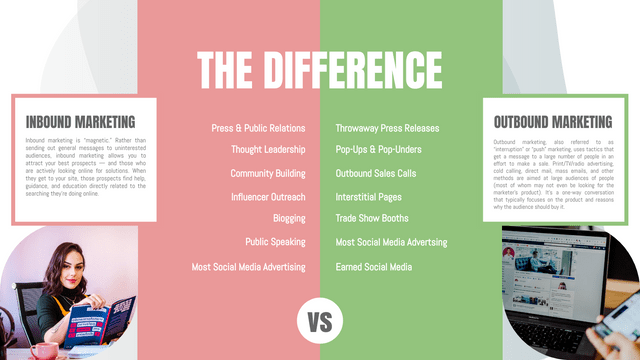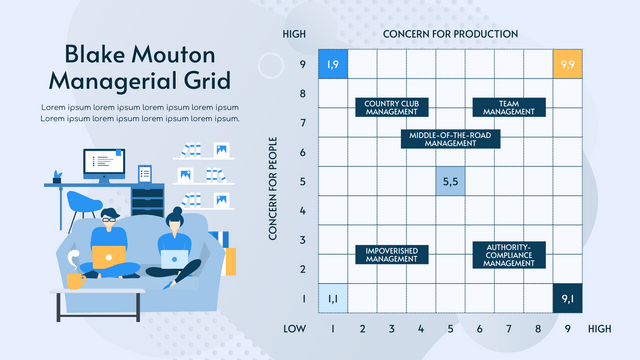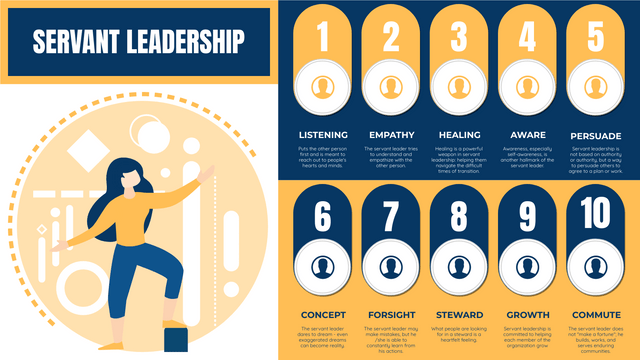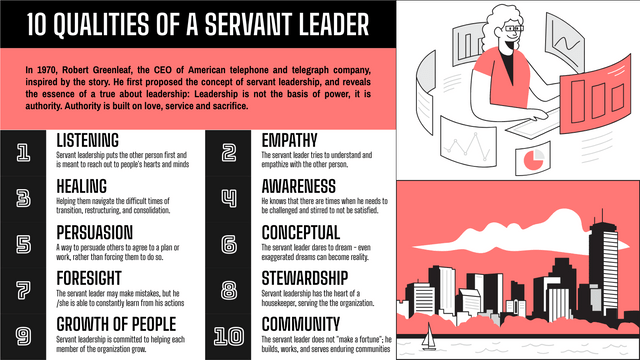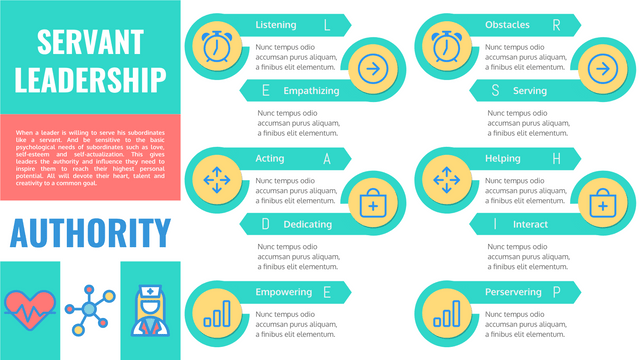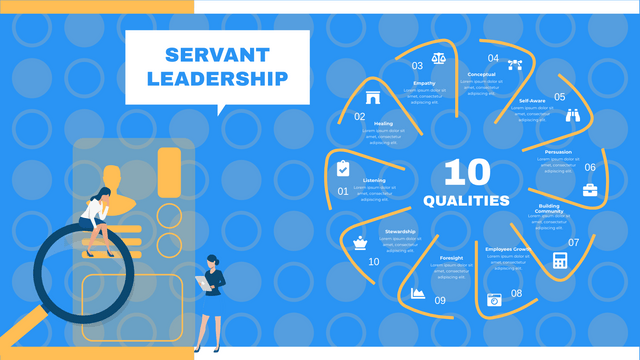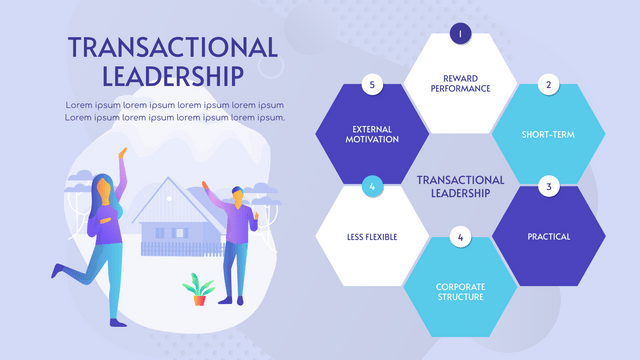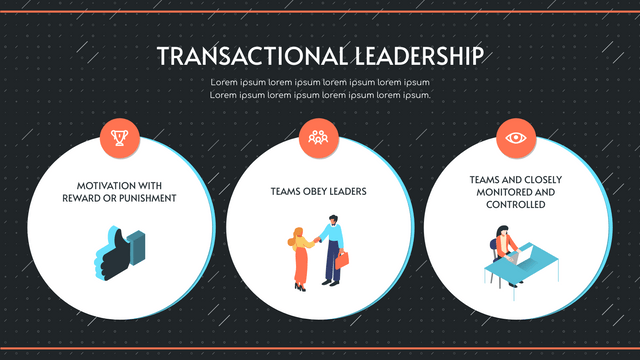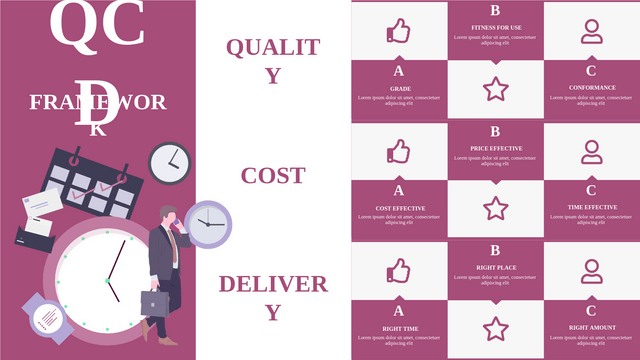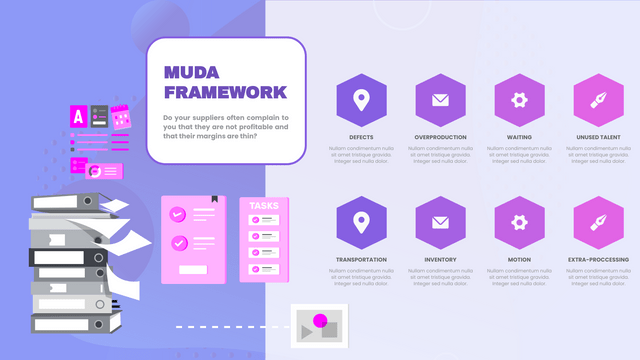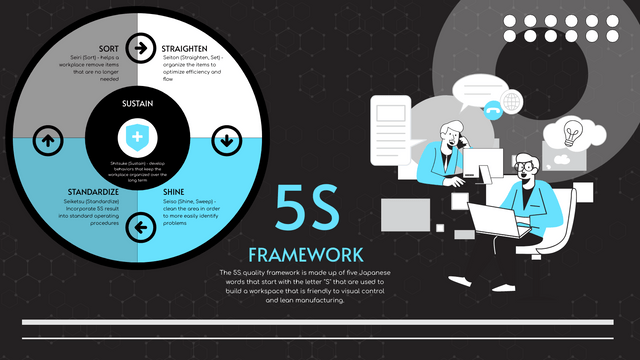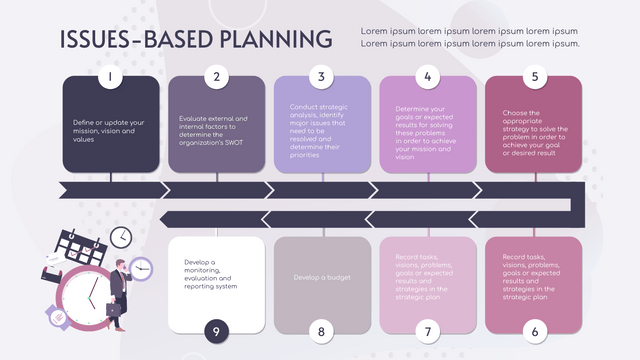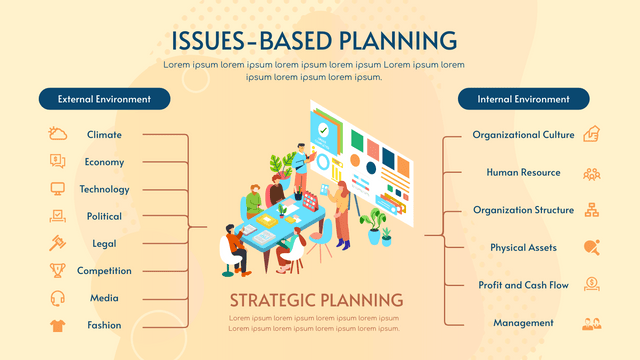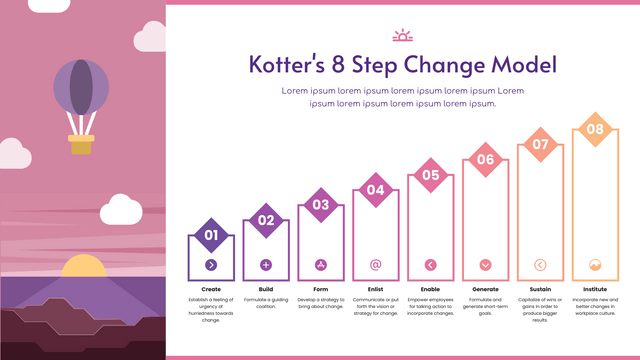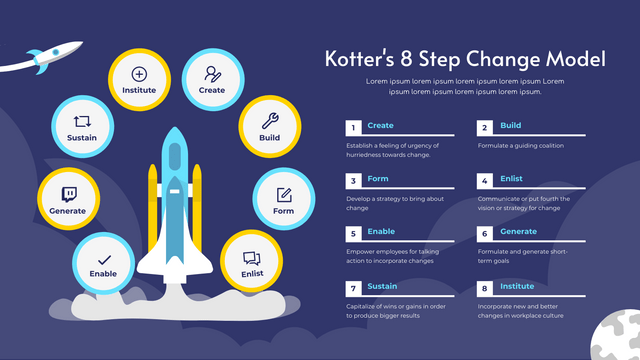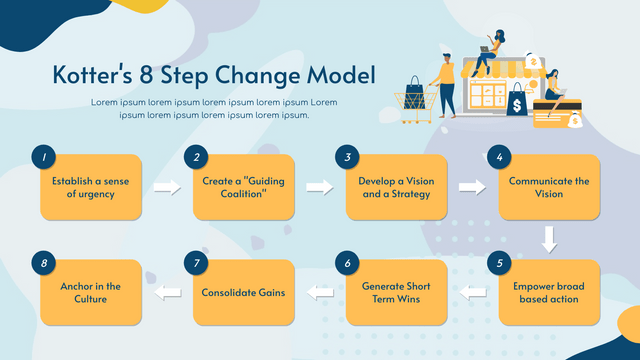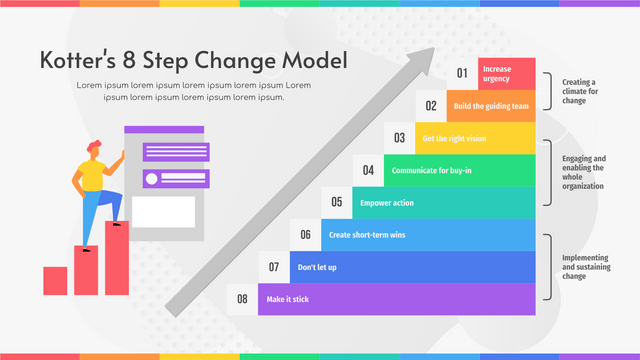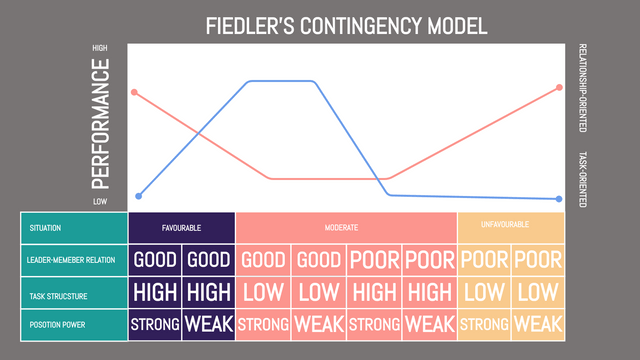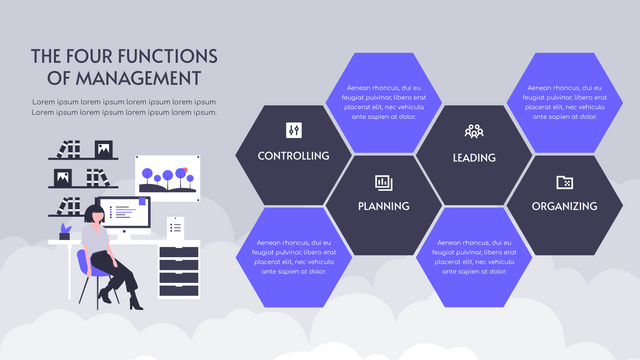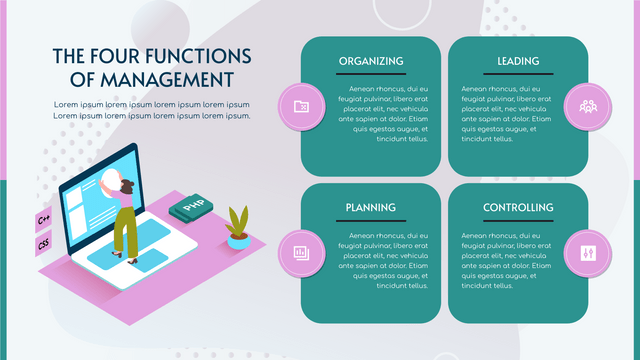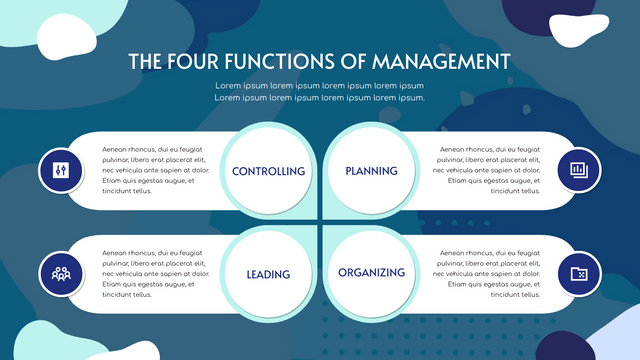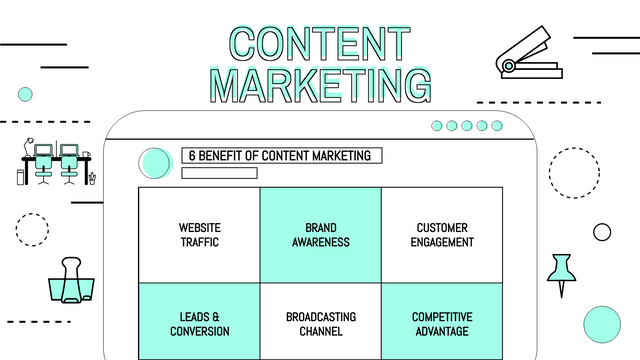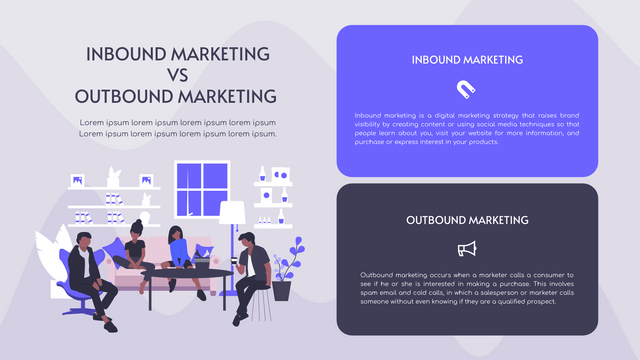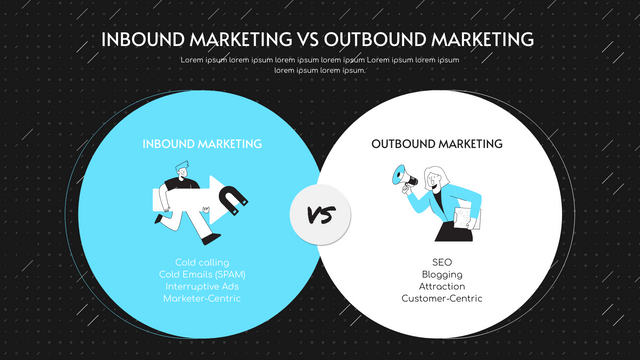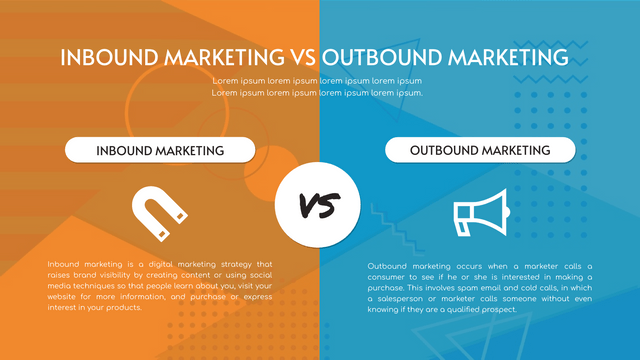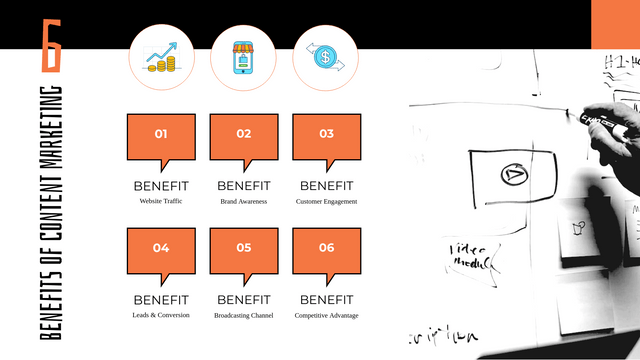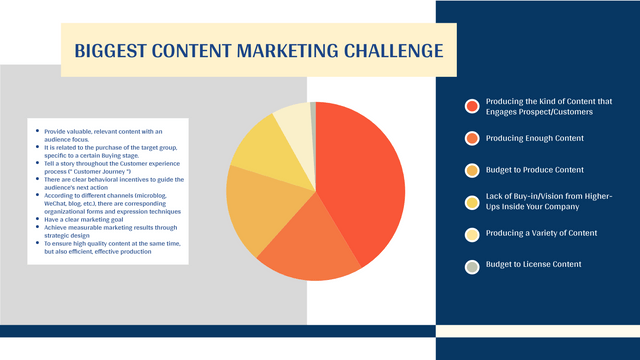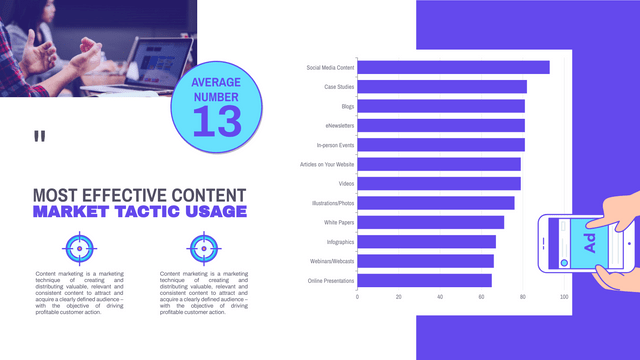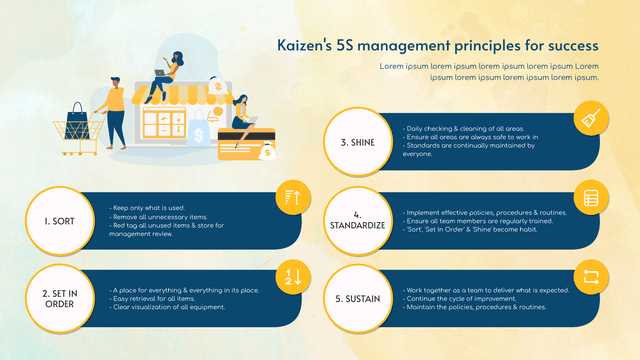What is Bloom's Classification of Learning Goals?
Bloom's learning goals is a classification method of learning (also known as Bloom’s taxonomy 6 levels of learning) for education. It helps us to judge students' mastery of a knowledge level. The original taxonomy featured six major categories of thinking. There were:
creating
evaluating
analyzing
applying
understanding
remembering
How to Use Bloom’s taxonomy 6 levels of learning
Typically, learning follow Bloom's structure as a taxonomy; the learner must begin with the first level (knowledge) and master it before going on to the next. The first level, knowledge, is a requirement for the remaining five levels. As a result, taxonomy is often depicted as a pyramid, showing that knowledge is at the foundation of all subsequent stages of learning:
As a teacher, we should help students learn to evaluate and create according to their knowledge.
As a parent, we should help children from simple memorizing knowledge to deeper mastery.
Mastery and memory
Mastery means the ability of students to evaluate and create based on what they have learned. Bloom invented the Educational Goal Classification in the 1950s, and we think creativity is especially important in the 21st century.
When you ask your child, "What did you learn at school today?" You're just asking him to remember what he learned in school today.
It's like telling your child, "Please review the notes you took in class today." Such questions will only keep the children at the lowest order of learning.
Bloom's Classification of Learning Goals: So what should we do?
Ask your child what was discussed in class today and find ways to relate what you learned in class to your child's interests. We all know that it's easier to train a pet cat than to impose hobbies on your child.
As parents, we all know what our children are most interested in. Try to make connections between what your child is reading or discussing in history, math, English, or science class and his or her interests outside of school. It's not as hard as it sounds.
When you pick up your kids, try asking, "What would President Lincoln have tweeted about?" You can take your child's lesson about the Civil War from remembering to creating.
When we stop asking children what they need to remember, they will have more opportunities to evaluate and create.
Mastery is the ability to relate what the child knows to what the child has learned, and this is the essence of the "level of learning goals."
Bloom's Learning Goals Template
Here is a Learning Goal template created with Visual Paradigm's online strategic analysis tool. You can customize this template by modifying the text, color and font, and use it in your presentations and reports.

